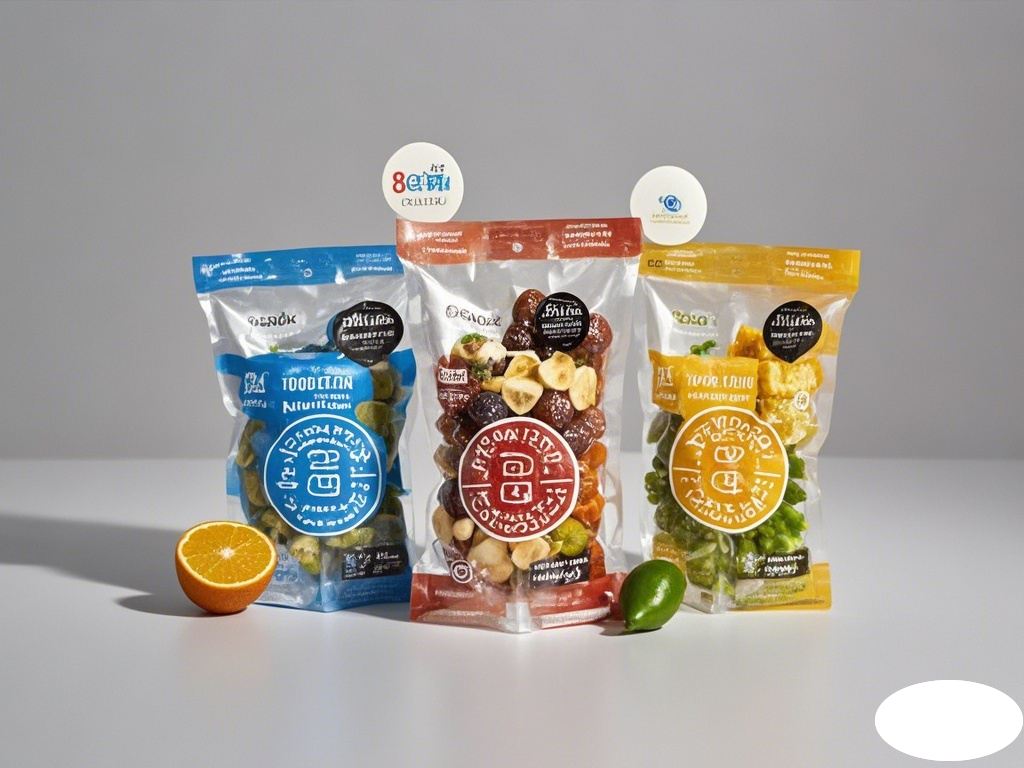With the continuous improvement of modern living standards, people’s expectations for food packaging have far exceeded those in the past. Among them, the application of inks in food packaging has attracted much attention and is facing strict scrutiny.
In the field of food packaging, the use of inks must adhere to the non-transfer principle, which is the key bottom line for ensuring food safety. Conventional inks have been strictly restricted due to the numerous risks they may bring. Printing manufacturers bear a heavy responsibility. They not only need to ensure that the solvents in the inks are completely evaporated after printing but also make sure that the inks are cured to a perfect state and strictly comply with the various standards set by the application industry.
In the current food plastic packaging printing, benzene-soluble chlorinated polypropylene inks once dominated, especially being widely used in the reverse printing of BOPP (biaxially oriented polypropylene) materials and the gravure printing process. Its excellent printability, outstanding post-printing processing performance, and fast drying speed made it quite popular in the past. However, the hidden problems behind it cannot be underestimated. Firstly, toluene, as one of its components, has relatively high toxicity, which directly leads to a relatively high residual solvent value in printed products, laying a hidden danger for food safety. Secondly, chlorinated polypropylene itself has poor thermal stability. During the production and storage processes, it is easy to release chlorine elements and form hydrogen chloride, making the ink strongly acidic and causing serious corrosion to the expensive printing rollers, greatly increasing the production costs and the difficulty of equipment maintenance. Moreover, from the perspective of environmental protection and health, benzene-soluble inks have a damaging effect on the ozone layer. During the use process, they will endanger the health and life safety of workers. What’s more, the substances remaining in the packaging products may contaminate the food inside the packaging under certain conditions. In view of these serious drawbacks, relevant regulations have been successively issued in developed countries and regions such as Europe to restrict or even prohibit their use, which also indicates that benzene-soluble inks are gradually being phased out.
It is precisely to solve the series of problems caused by benzene-soluble inks that environmentally friendly inks, like a refreshing spring breeze, have brought new hope and vitality to the food packaging printing industry.
Water-based inks, as the mainstream choice for flexographic packaging printing at home and abroad currently, demonstrate their advantages with their unique composition. They are mainly composed of water-soluble resins, organic pigments, solvents, and relevant additives through careful compounding and grinding. Among them, water-soluble acrylic modified resins, as commonly used binders, exhibit outstanding performance in terms of heat resistance, weather resistance, chemical resistance, pollution resistance, and glossiness. Whether directly dispersed and dissolved or synthesized into high-molecular emulsions, they can stably play excellent roles. Most importantly, water-based inks do not contain volatile organic solvents. This characteristic makes them outstanding in reducing the residual toxicity of printed products. Meanwhile, they can effectively avoid the potential fire hazards caused by the contact between static electricity and flammable solvents, and are worthy of being the ideal product to replace benzene-soluble inks, having a broad application prospect in the field of food packaging printing.
UV-curing inks have emerged in the flexible printing of soft substrates by virtue of their special curing principle. Under the irradiation of ultraviolet light with a specific wavelength, the binders in the inks rapidly undergo cross-linking reactions, transforming from a liquid state to a solid state instantaneously to complete the curing process. And before the binders dissolve, macromolecular prepolymers have already firmly formed an ink film. They are mainly composed of prepolymers, reactive diluents, pigments, additives, and photoinitiator/synthetic compounds. In the formulation design, the choice of reactive diluents plays a crucial role in regulating the migration reaction of the inks. Additives are like a meticulous tuner, capable of precisely adjusting various aspects of the ink’s performance, such as printability, migration property, substrate wetting, friction coefficient, wear resistance, pigment dispersion and stability, as well as the odor of printed products. The requirements for pigments are also quite strict. They need to have as small an ultraviolet light absorption spectrum range as possible, and possess good dispersion, leveling, strong coloring power, minimal ultraviolet absorption under light irradiation, and no harm to the polymerization reaction. However, when using UV-curing inks for printing, special attention also needs to be paid to many details, such as the inhibition effect of the polymerization reaction, the surface tension and wetting effect, the correlation between ink viscosity and humidity, and the expansion of the printing plate. In addition, due to the poor adhesion of the inks to plastics, it is often necessary to perform flame treatment or corona discharge treatment on the plastics to be printed to enhance the adhesion of the plastic surface and ensure the stability and reliability of the printing quality.
Electron beam-curing inks (EB inks) are also important members of the environmentally friendly ink family. They can transform from a liquid state to a solid state at an extremely fast speed under the irradiation of high-energy electron beams. Their unique advantage lies in the fact that the electron beam energy is extremely high, which can easily penetrate solid components such as pigments and fillers. There is no situation where the inks are blocked from absorption by pigments or fillers at all, thus ensuring that the drying inside the ink film is not affected in any way. They provide solid technical support for high-quality food packaging printing and play an irreplaceable role in some food packaging printing scenarios where there are high requirements for ink curing and extremely strict control over packaging quality.
Looking ahead, with the continuous progress of science and technology and the continuous enhancement of people’s environmental awareness, environmentally friendly inks will surely receive more in-depth research and extensive application in the field of food packaging printing, promoting the entire food packaging industry to develop in a more green, safe, and sustainable direction.

